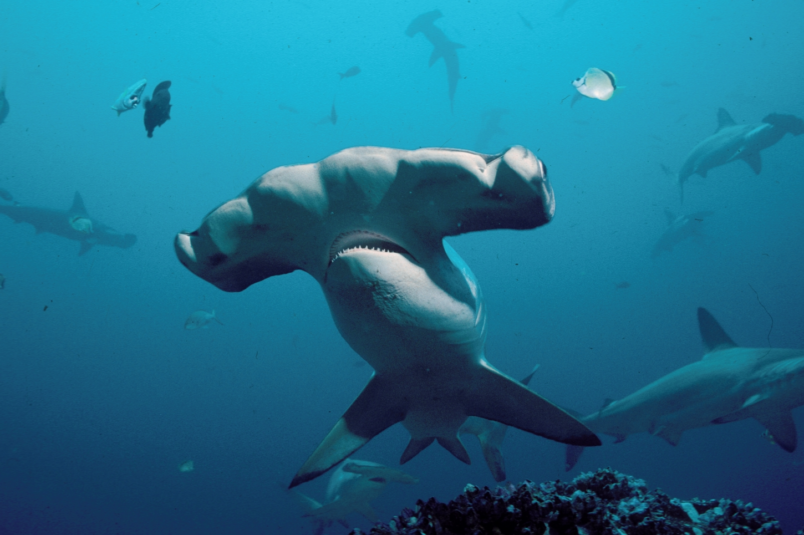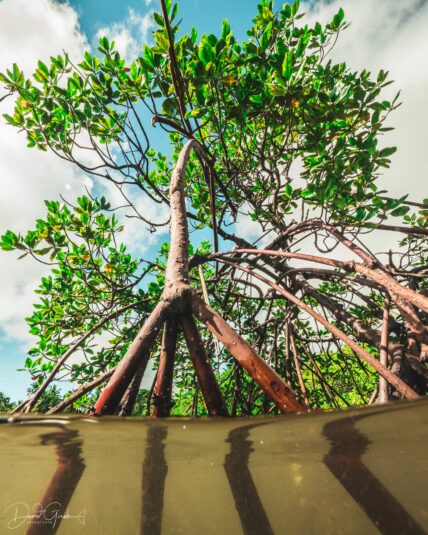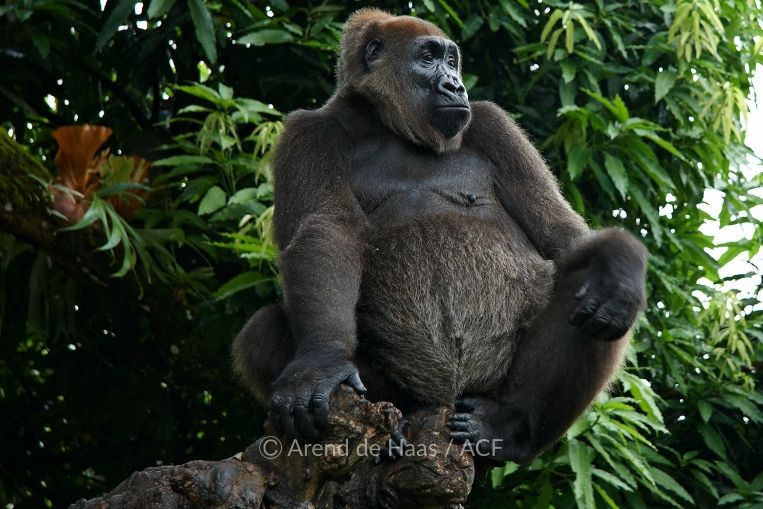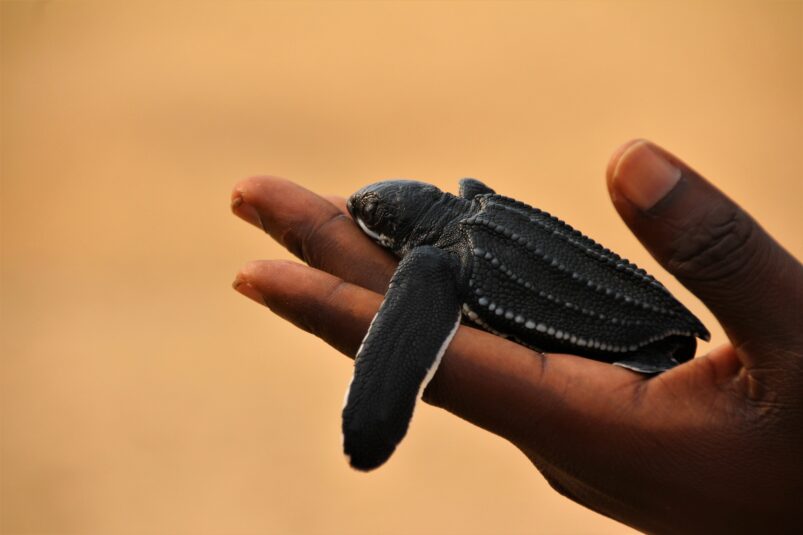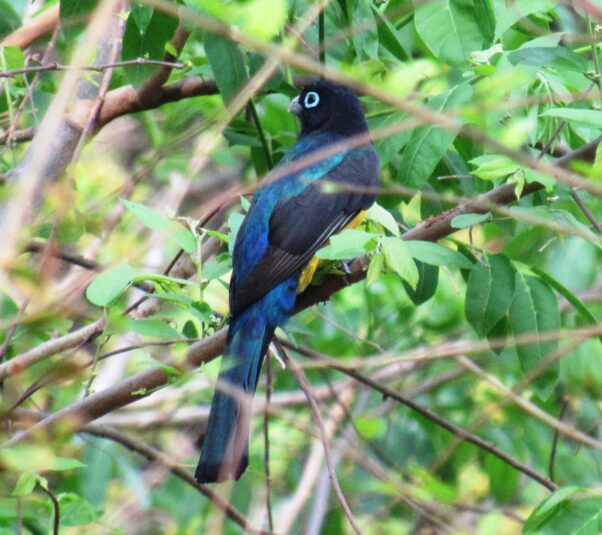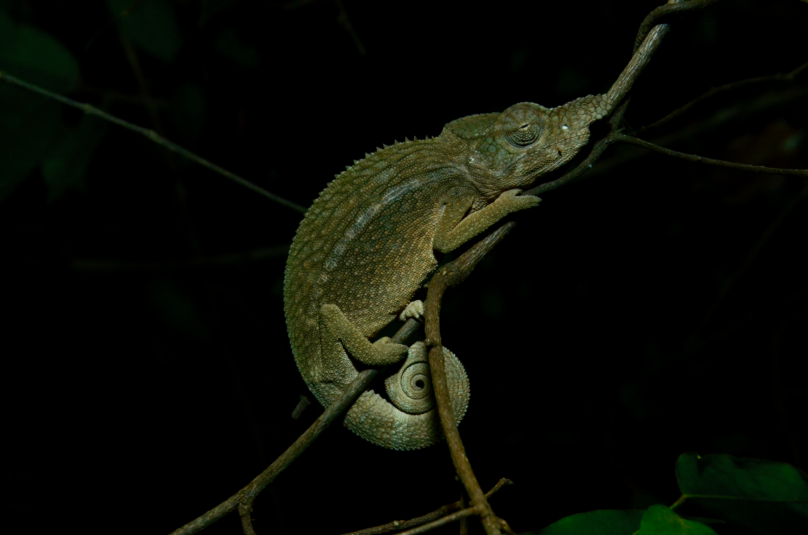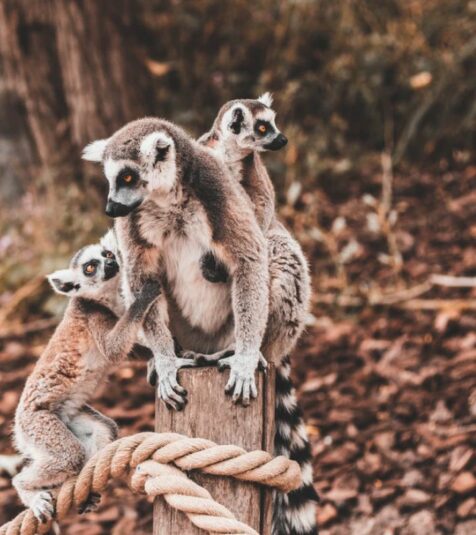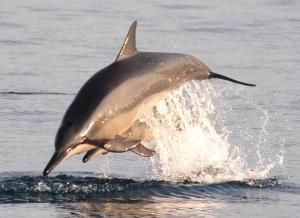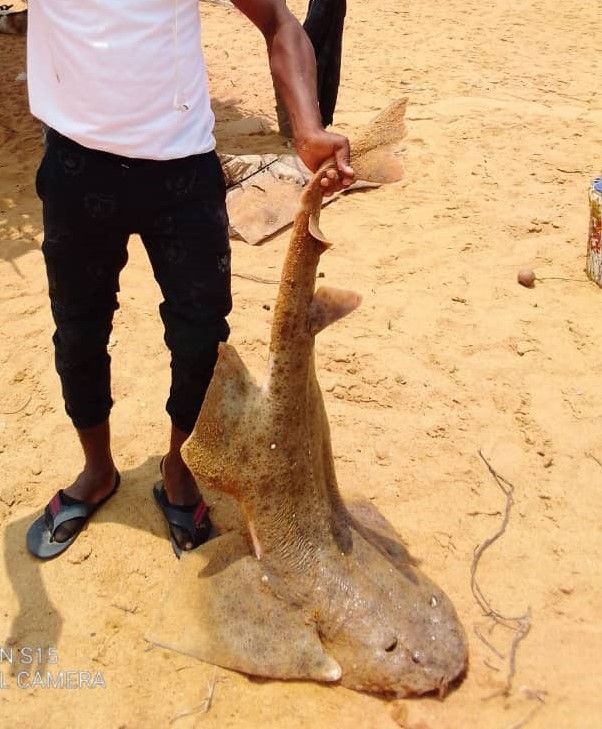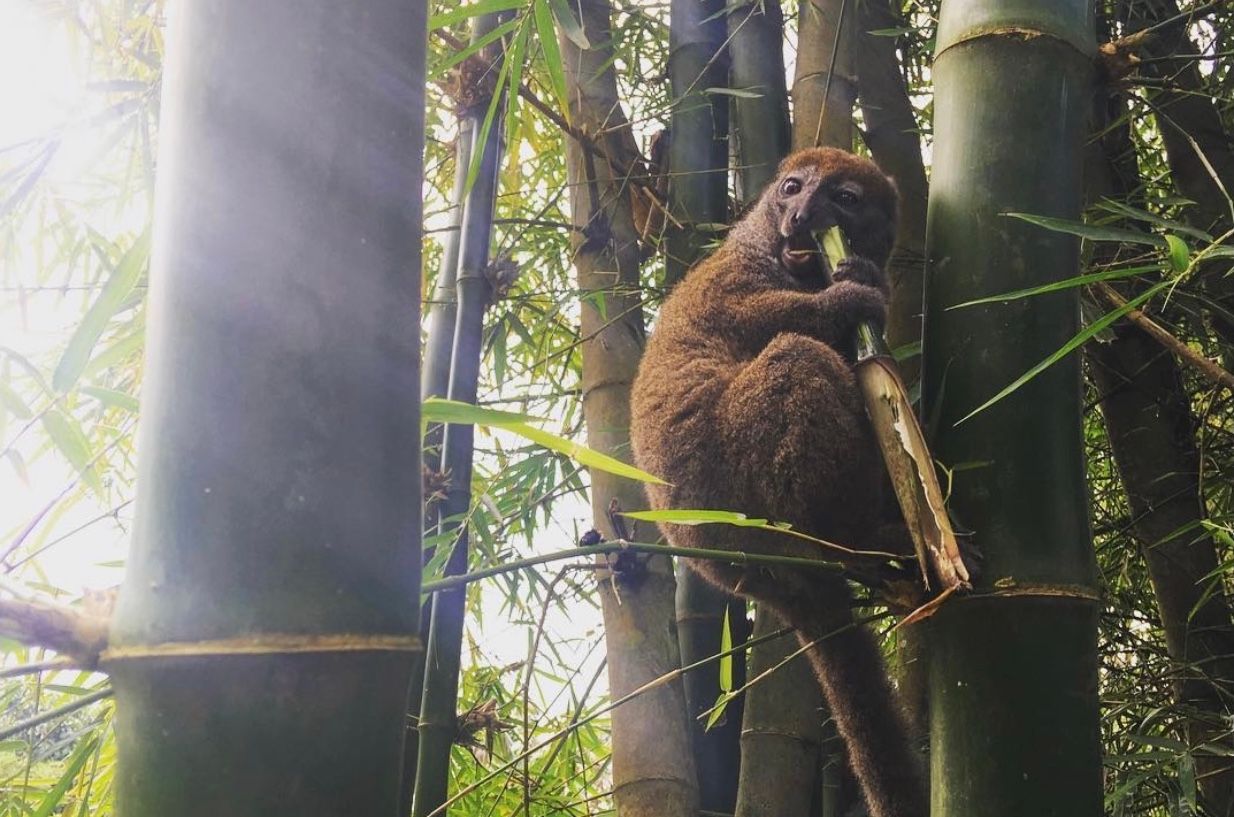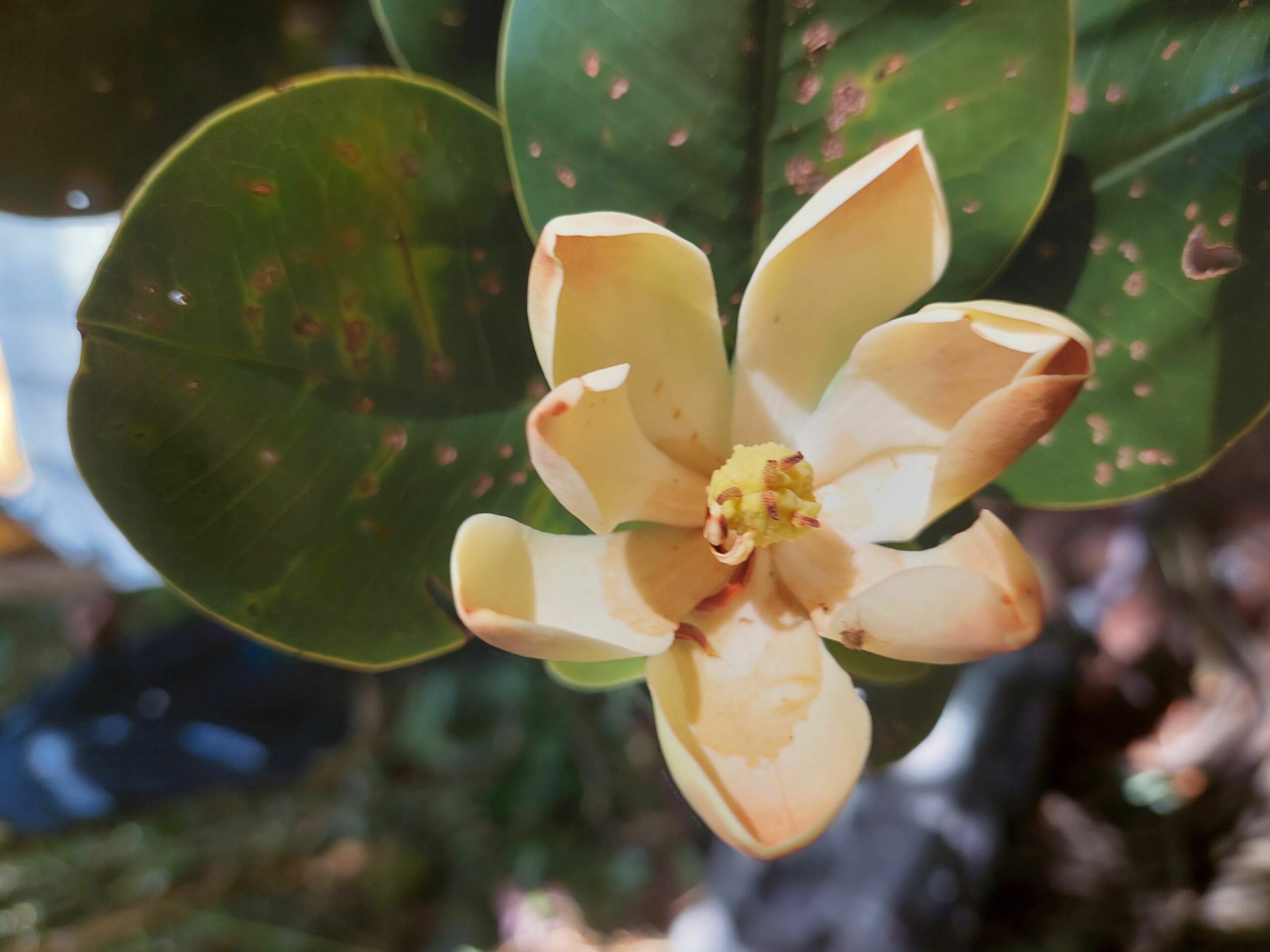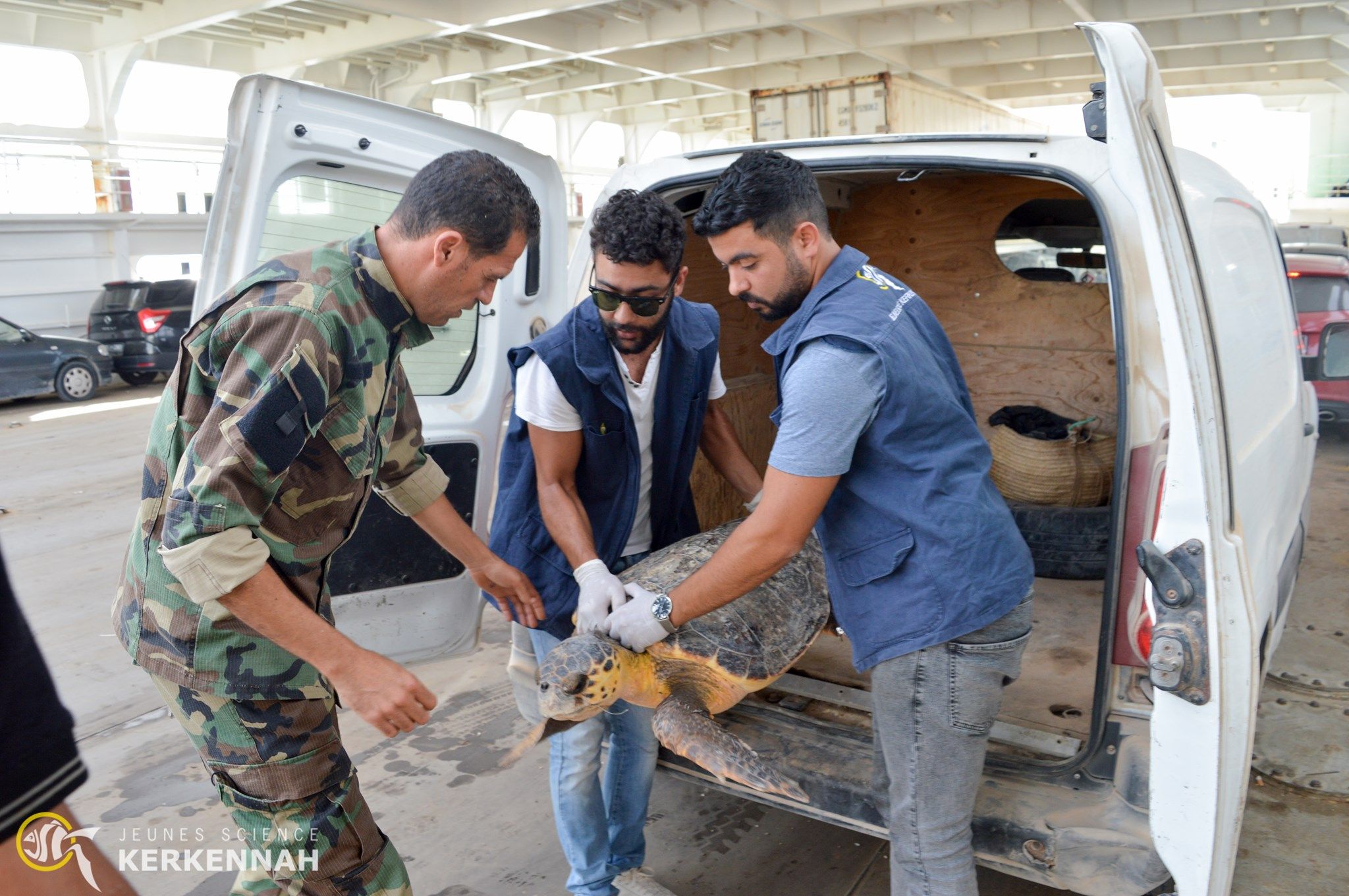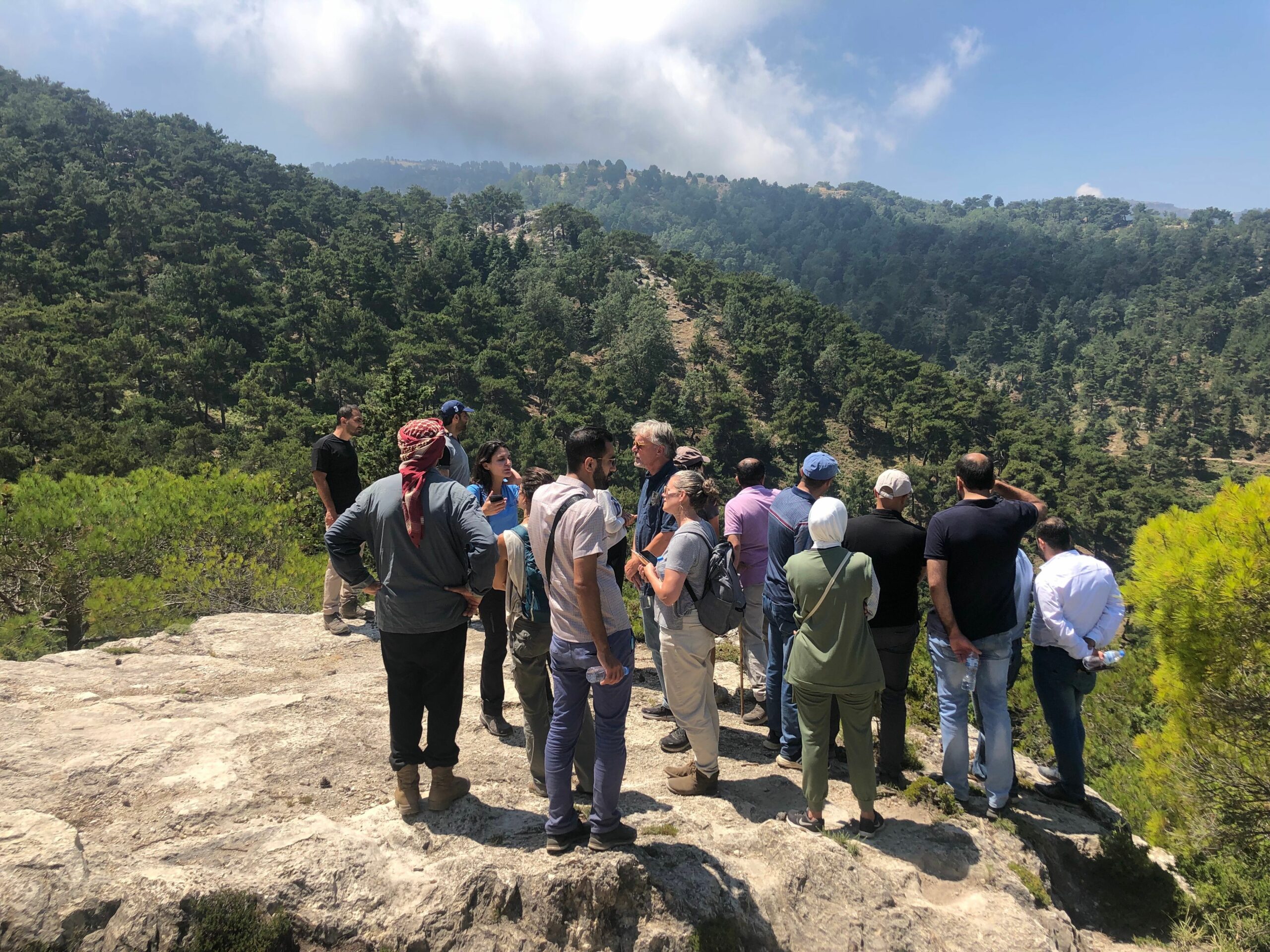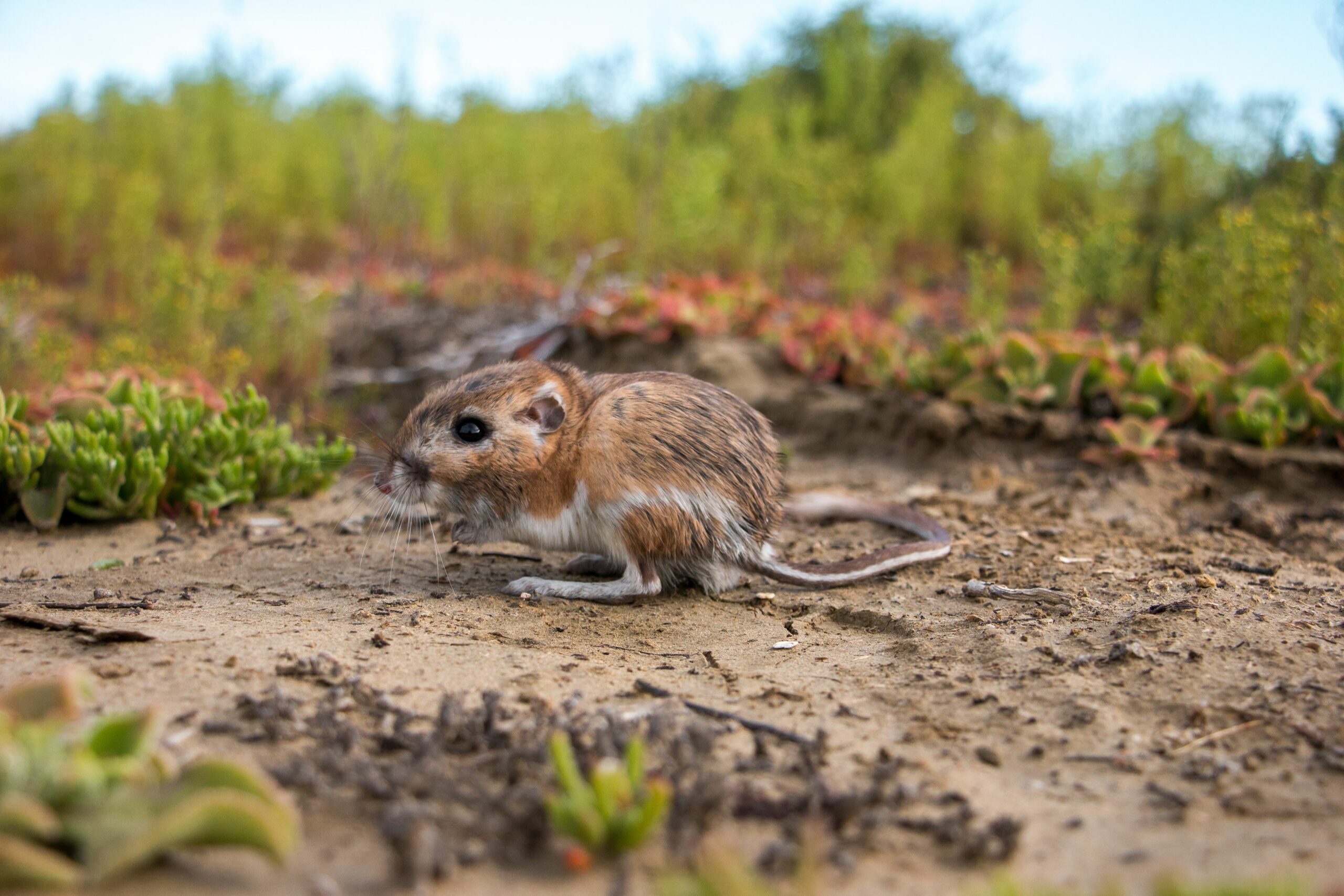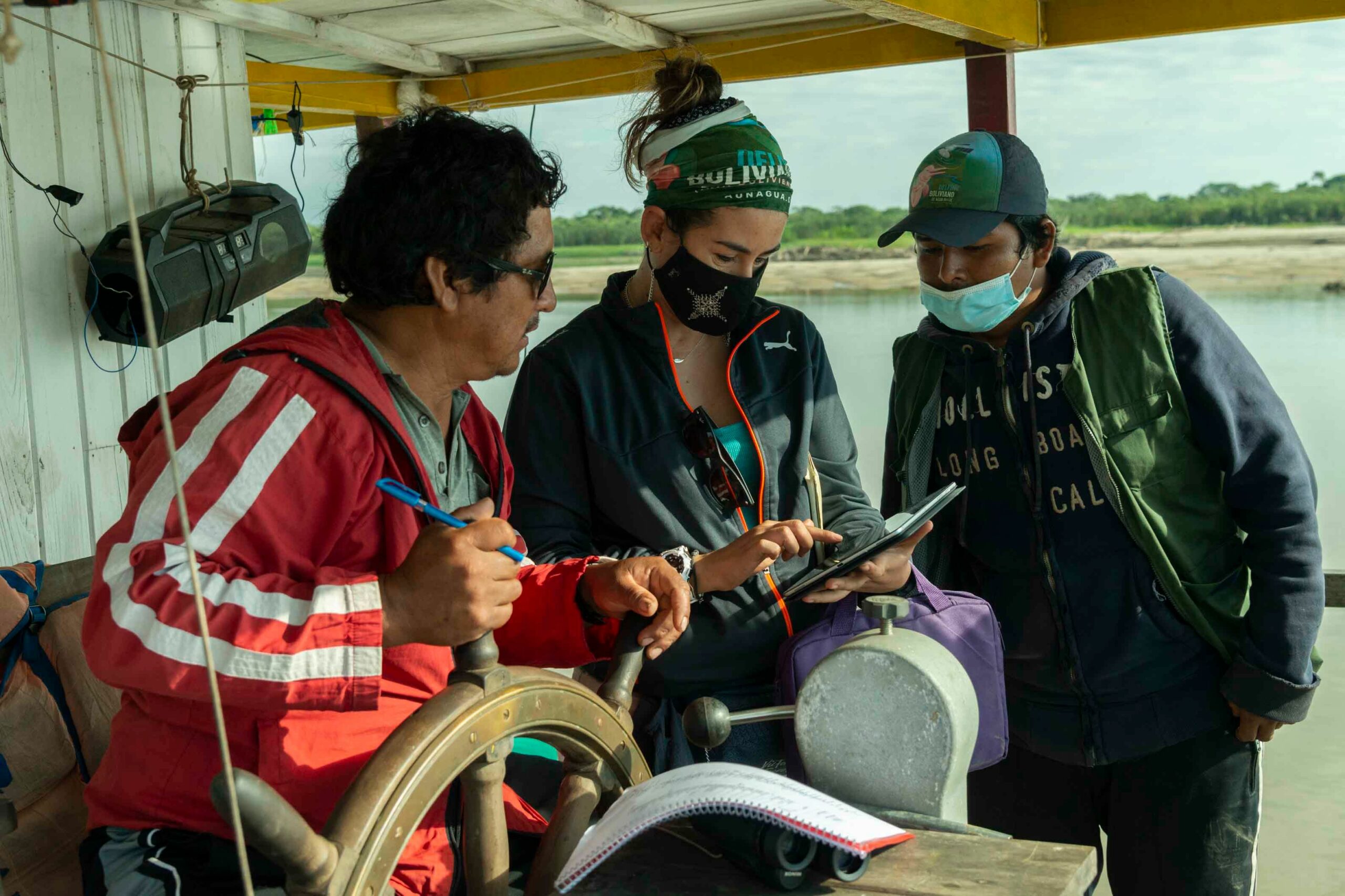Species protection
We consider protecting species essential for safeguarding our living environment
Animal and plant species are a key part of our planet’s biodiversity. Some species are “flagship species”. Other species can profit from their protection. Species can play a crucial role in the balance of a natural system: if these species disappear, that system may collapse.
Many species are faced with extinction by a myriad of mostly human-induced threats. These threats range from illegal harvesting to habitat destruction, and from climate change to human-wildlife conflict. Increasing human pressure leads to less living space by the day for animals and plants. Humans are the only ones that can prevent those species from disappearing from the earth. Dedicated efforts by highly motivated people and organisations can save a species from being pushed over the brink. Many examples show that it pays to dedicate one’s life to save one species of tree, bird, or any other creature. The Van Tienhoven Foundation aims to support such initiatives. With relatively little support great impact can be achieved. It is such small but highly active initiatives led by local organisations and/or local human communities that can act and persevere in places where government or society are not geared towards biodiversity conservation. The red list of threatened species (www.iucnredlist.org) paints a bleak picture of many species faced with extinction. However, it also shows examples of species saved by the dedicated action of people and organisations globally. Charismatic species, or species important for ecosystem stability are often used to raise awareness in local communities or authorities for the importance of naturally functioning ecosystems. Safeguarding these species may protect the wider natural ecosystems that serve humanity in many ways.
The Van Tienhoven Foundation welcomes applications that are pragmatic in its approach to directly address the threats that impact the decline of (a) species. Understanding and sustainably mitigating the main causes of the threats with involving the key stakeholders in the solution is crucial.
Ange Imanishimwe
BIOCOOP
"We wish to tell you that you were very helpful in supporting BIOCOOP to get grants from your good Foundation and without your support a number of indigenous tree species and animals in Nyungwe National Park could not be healthy! But now more than 35 hectares were restored and biodiversity conservation was taught to many folks in Rwanda."
View Project
